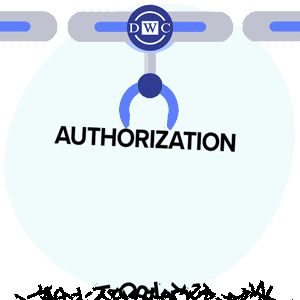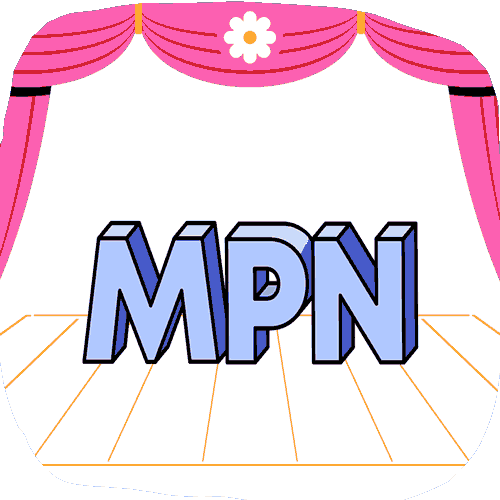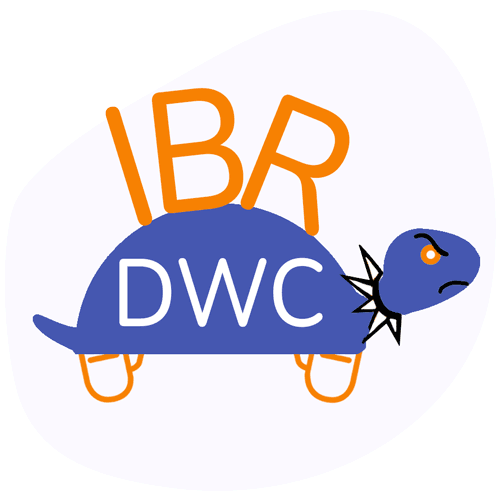"Automatic" Authorization Fails CA Injured Workers

Today we explore how “automatic” authorization, a law passed by California in SB 1160, presents yet another absurd circular error failure for newly injured workers and their treating physicians.
As we’ve explored in recent articles, specific instructions from the DWC to injured workers seem to oppose California law directly — subjecting those injured workers to a parallel system of what appears like underground regulations designed to protect payers.
Specifically, if the claims administrator disregards state law and refuses to authorize care for newly injured workers before the claims administrator decides to accept or reject liability for the injury, the DWC offers no assistance to newly injured workers attempting to obtain care. Instead, the DWC instructs injured workers:
- “ask for treatment to be authorized right now,” or
- “use your own health insurance to get medical care,” or
- “there are doctors, clinics or hospitals that will treat you without immediate payment”
The legal requirement for claims administrators to authorize and pay for treatment while considering the liability decision should be enough to guarantee care. However, California’s Labor Code also includes another provision designed to facilitate care immediately following an injury: “automatic” authorization, also known as “Fast Track” Utilization Review (UR).
The only problem? Automatic authorization is 100% useless and offers zero help to newly injured workers faced with claims administrators’ refusal to authorize and pay for care before an injury liability decision. Below, we explain why this authorization is a senseless string of words contaminating California workers’ compensation laws in this situation.
Automatic Authorization: No Help Whatsoever
When lobbyists pitched the idea of automatic authorization to legislators in 2017, we assume the pitch went something like this: Labor Code §4610 should be amended to streamline the cumbersome authorization and UR process so that doctors could treat more easily within the first 30 days following an injury.
Legislators agreed with lobbyists and, effective January 2018, Labor Code §4610 was amended to allow doctors to skip obtaining employer authorization before providing treatment during the first 30 days of an injury. The amended Labor Code mandates that claims administrators cannot deny authorization for the already-rendered treatment as long as the treatment meets specific criteria.
The problem? Two of those criteria defeat the entire purpose of automatic authorization — making automatic authorization a farcical non-solution. According to the amended Labor Code, automatic authorization only applies to injuries in the first 30 days where
- The body part or condition is accepted as compensable by the claims administrator, and
- The doctor providing the treatment must be a member of the applicable Medical Provider Network (MPN).
California Code of Regulations §9812 gives the claims administrator a 14-to-90-day window to determine whether or not to accept liability for the injury. If the claims administrator has not issued a liability decision, the claims administrator does not consider the body part or condition compensable. Thus, Automatic Authorization is meaningless.
Further, the requirement that the doctor be a member of the applicable MPN throws the doctor attempting to provide automatically authorized treatment into even more foolish chaos.
As we’ve explained many times, it is nearly impossible for doctors to determine if an MPN applies to a given injured worker or if the provider is a member of the MPN. A doctor’s only defense against MPN-based payment denials is a laborious 10-step process requiring the official MPN notification document from the employer.
Automatic authorization is so stuffed with caveats that it is nearly pointless under normal circumstances. Add the problem of claims administrators ignoring the law and refusing to authorize treatment as they ponder liability, and injured workers (and their physicians) are left with no recourse — unless you consider begging, pleading, or improperly using group health insurance to be recourses.
Most importantly, none of this would be an issue if the DWC simply adhered to the law: specifically Labor Code §5402. Instead, the DWC offers injured workers and claims administrators its own set of rules, state law be damned.
Harness the power of daisyBill software, data, and expertise for simpler and faster workers’ comp billing. Request a free demonstration below.
REQUEST DEMO
DaisyBill provides content as an insightful service to its readers and clients. It does not offer legal advice and cannot guarantee the accuracy or suitability of its content for a particular purpose.






